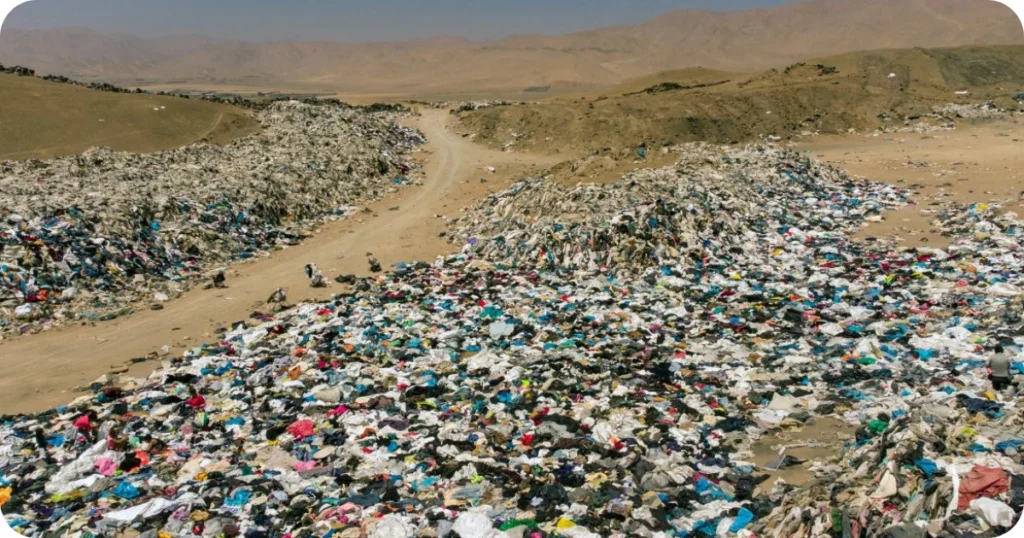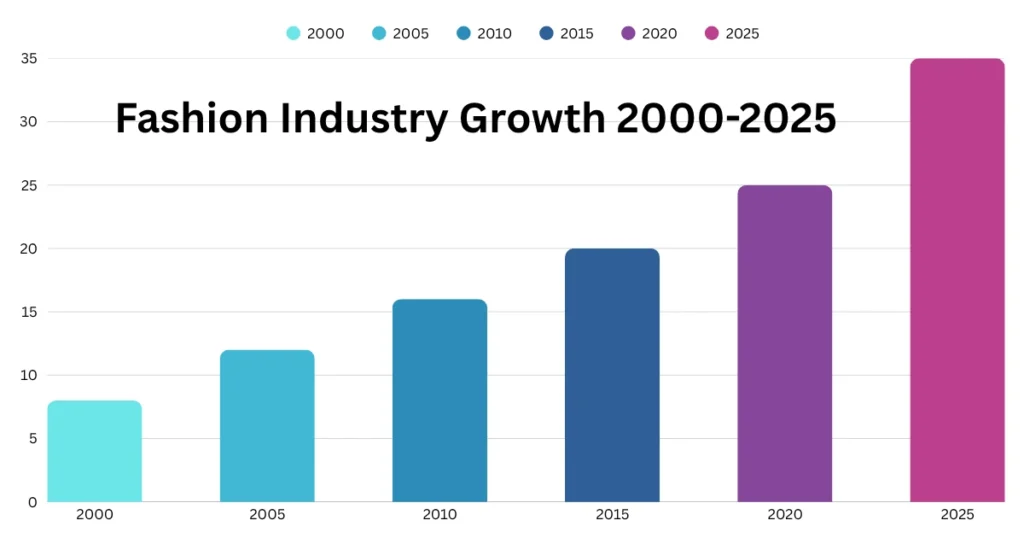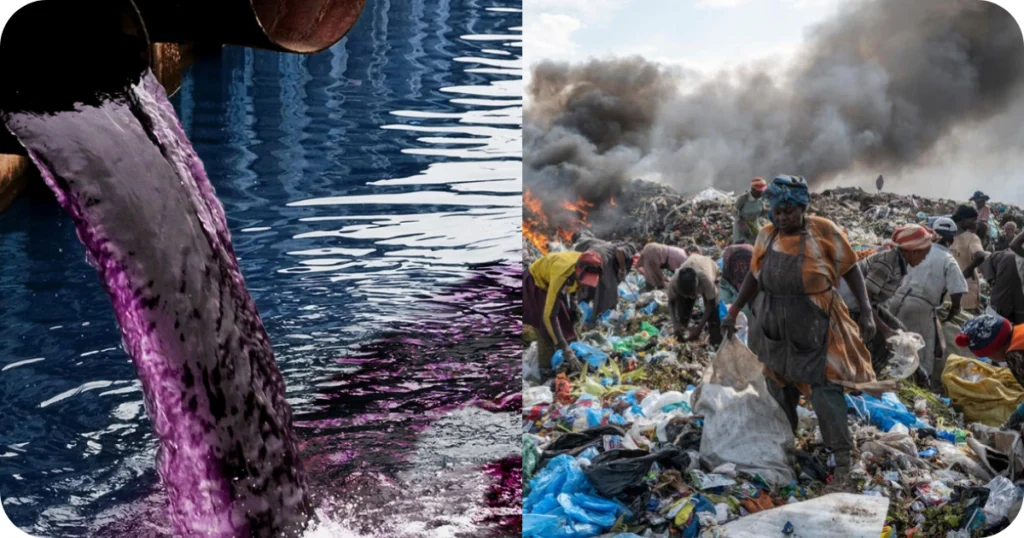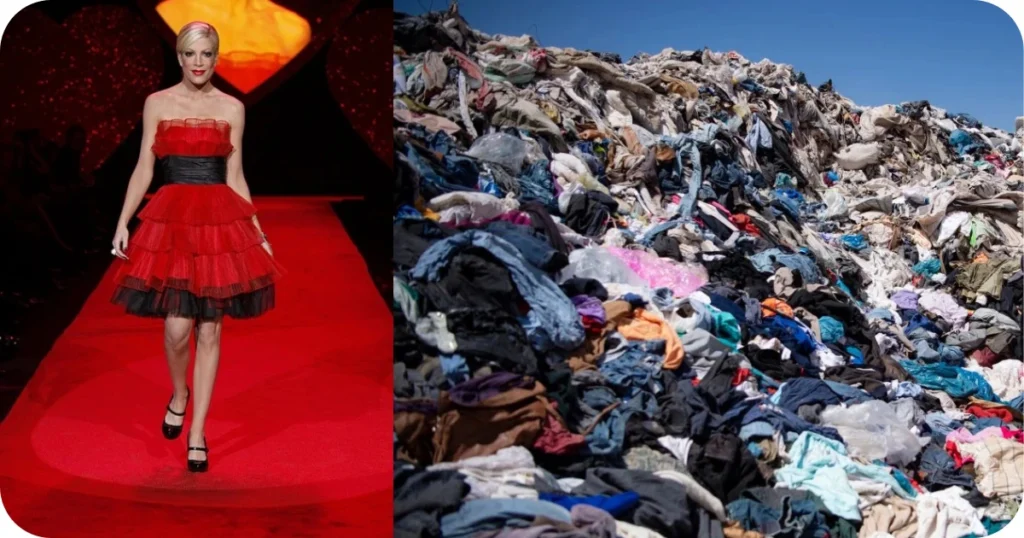Hello, friend, Reading the title of the blog, you may get surprised and may think about how fashion can affect our planet. So I am going to explain you how fast-growing, fast fashion is affecting our environment and even your pocket.
Contents
A Desert Full of Clothes, Not Sand
Just see the image below. It’s the Atacama Desert, which is in Chile. A huge mountain of clothes. Yes, it’s clothes. It’s more than 60,000 tons of clothes, and most of the clothes are not even used. All are good clothes and in good condition; there is not even a defect on them.

Do you know the reason behind it? The only problem with them is that no one bought them and the fashion industry rejected them.
The Hidden Cost of Style
I am going to share some dark truths about this industry and how this fast fashion is destroying our whole world. In today’s world, not only the factories, cars, or other industries are responsible for the emissions, but even this fashion industry is also responsible for ten percent of the world’s emissions.
What is fast fashion?
The current value of global fashion industries is $1.84 trillion, according to Google, and these fashion brands are owned by one of the richest people in the world.
Let’s see the graph of these fashion industries from 1900 to 1950. It’s very slow; people used to buy clothes once or twice a year, but just in these 25 years, these industries have grown by 230 percent.

You may think about how these miracles occurred in just 25 years; these industries have grown at rocket speed. Yes, it’s because of fast fashion. Let me explain the details to you.
Fashion’s Growth: From Seasons to Weeks
Earlier in the 1980s in western countries, fashion used to change according to the weather: shorts in summers and coats in winter. It was very simple, but here industries come with the new ideas. Fast fashion is those styles that move fast, come into trend quickly, and become outdated quickly.
This is completely a Western concept. Earlier, fashion was divided into 4 seasons, but by 1990, the trend had changed. Companies came to know that people are shopping after every 3 months, which is very slow for the company and not profitable for them, so fast fashion was introduced.
The concept of this fast fashion is that every 15 days there will be a new collection. Fashion shows are held every month, and new designs and new styles are introduced. More styles means more sales, more sales means more profits, and more profits means companies become wealthy.
Today, because of this fast fashion system, there are two important things.
- First, manufacturers should make the clothes as quickly as possible
- Second, that the customers should discard the clothes quickly.
Studies say every year 92 million tons of textile waste are generated. And these clothes are being thrown in the garbage not because they are bad; these clothes are being thrown away because they are not in fashion.
Do you know the worst part is that the companies that make these clothes are so insecure that they do not want their designs to reach their competitors, so they burn these unsold clothes.
A few years before, it was reported that companies like H&M used to burn twelve tons of clothes every year since 2013 just to maintain exclusivity. Some of the famous brand clothes come to India only to be shredded.

So much textile waste in the world is either thrown away or burnt, which has a huge impact on the environment, which is usually hidden.
China’s Role: The Rise of Shein
Now comes the copycat China. Globally, everyone knows China manufactures everything, no matter what brands come worldwide. It’s a country that first makes a copy of any new product that comes on the global market.
It is easiest to make a copy of the fashion brands, and a company from China named SHEIN exploits the loophole and does exactly the same technique. Shein makes the same clothes as copies of the branded product and sells them at cheap prices. In 2021, this app was downloaded more than Amazon in America.
Many designers have complained that Shein has stolen their designs, but consumers don’t care. People are getting new designs at cheap rates; whether they are branded or not, the consumers are getting more clothes at a cheap rate.
But you may have noticed that clothes are deteriorating fast. These clothes are not durable clothes. But even the consumers want the same thing: they need new clothes and new fashion every month. So this is the reason fast fashion is growing rapidly globally.
Hampering our Planet
But the dark side is that it is hampering our planet badly. Do you know just to make a cotton T-shirt how much water is used? It’s 2700 liters of water.
The fashion industry is the second-largest water-consuming industry in the world. Some of the lake in Kazakhstan and Uzbekistan has been completely dry just because of fast fashion.
There are many processes like washing, bleaching, and dyeing to make clothes. In every step, water is needed, and do you know how this wastewater is used?
Such wastewater is often used for irrigation, which means these toxins, these carcinogens, reach our bodies through our food. At the same time, when companies burn these clothes, they pollute the air with the emissions from them.
Fashion for You, Not Against Nature
It’s fine to spend your hard-earned for what you like to do or what you like to wear, but we can contribute little bit to environmental impact , if we reduce spending more money in clothes or if we used clothes for longer; it will reduce the environmental damage caused by those clothes by at least 1%
Just like fast fashion, Indian weddings are also in the showoff business. Check out how much we waste things and harm our planet.




